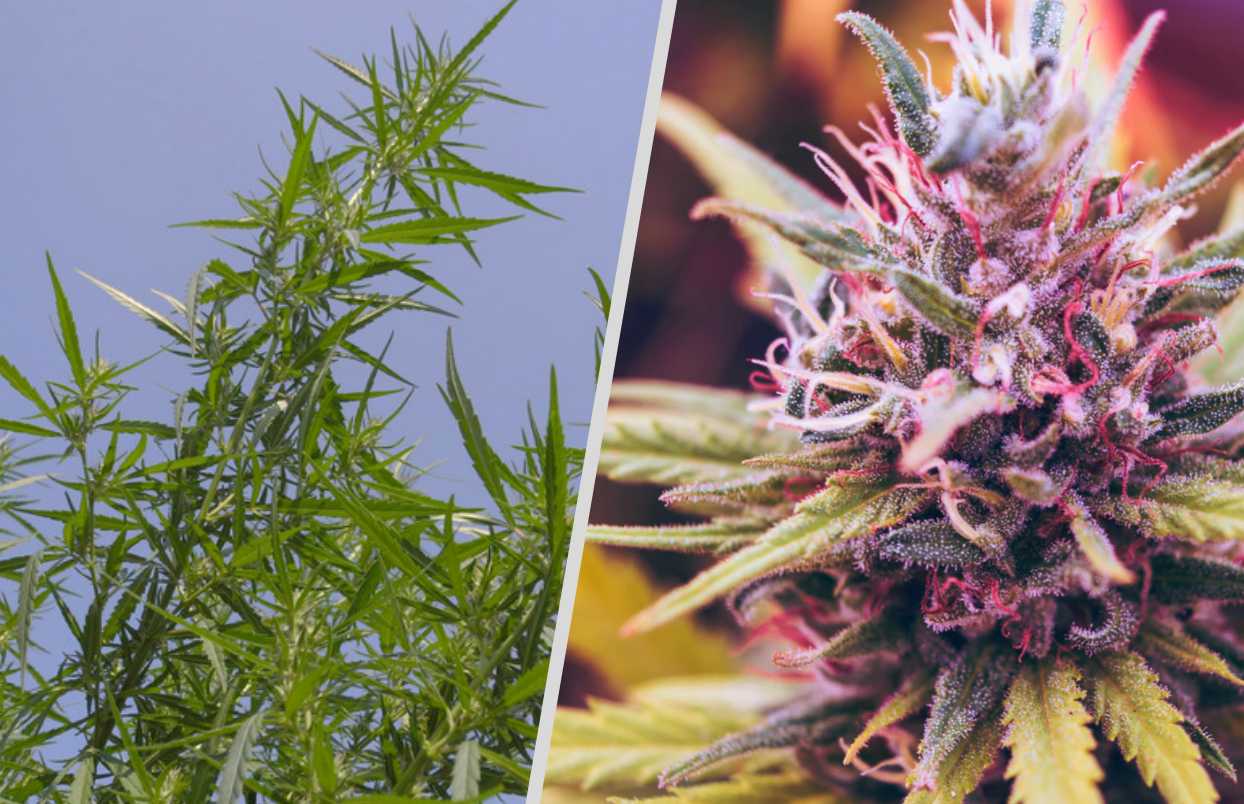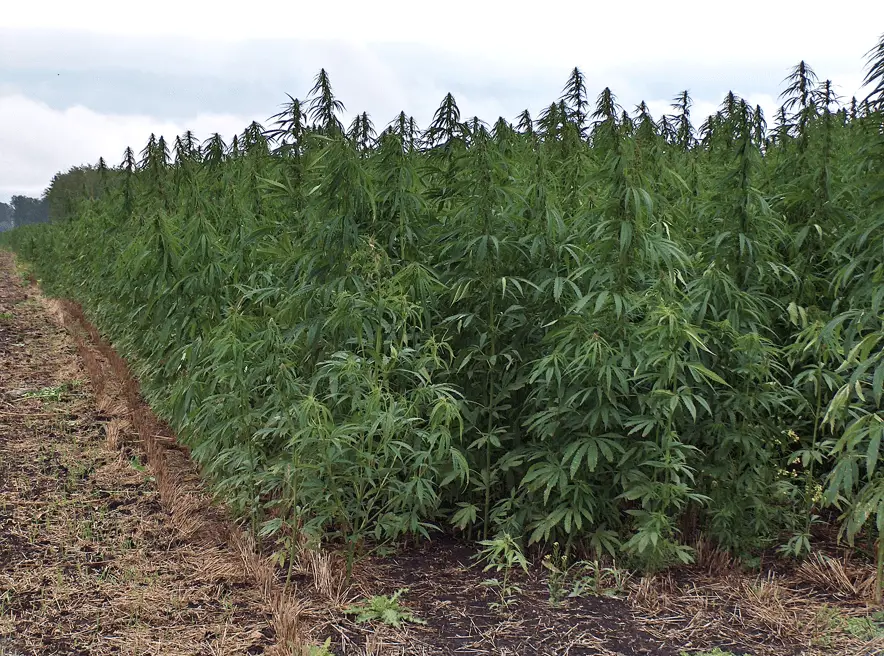NOTE: This article first appeared in October 2013, belatedly updated in June 2024.
For decades, farmers and environmental activists have been trying to legalize nonpsychoactive hemp for cultivation in California. The plants require far less water and fertilizers than cotton, need no herbicides or pesticides, and produce fibers that can be used in everything from paper to clothing. The crop can renew itself every 90 days, making hemp and excellent natural and biodegradable material. Last week, Governor Jerry Brown signed SB 566 into law allowing hemp to be grown domestically. California joins nine other states and over 30 countries in its decision to raise hemp. Already a $500 million industry in the state, California will now no longer have to rely upon importing hemp to support manufacturing demand.

Lofty legislation
The bill was introduced in 2005 by Senator Mark Leno. Since its initial proposal as HR 32 in 1999, the legislation was vetoed four times by three different governors. Governor Brown struck down the bill in 2011 citing a gap in state and federal policies, although he acknowledged it was “absurd” that the state had to count on Mexico and Canada to provide hemp. With his approval, farmers will now be able to raise “nonpsychoactive types of the plant Cannabis sativa L. and the seed produced therefrom, having no more than 3/10 of 1 percent of tetrahydrocannabinol (THC) contained in the dried flowering tops.”
“I have great confidence in a recent statement by Attorney General Eric Holder,” Leno told the SF Bay Guardian. “He’s said that if a state puts into place a legal allowance and regulatory scheme, that the federal government would not interfere with marijuana. Now, we need clarification between hemp and marijuana, but there’s no sensical way that that could be interpreted that hemp is excluded, given that hemp’s not a drug.”
When the brick-and-mortar store was still operating, Bambu Batu offered a range of hemp items in the shop. But we would love to see more sustainable, locally-grown fibers on the market!

2024 Update
Hemp industry in the US
A lot has changed since this article first appeared in 2013, but in some respects, things are very much the same. Despite industrial hemp’s new legal status, there remains a dearth of hemp cultivation in North America. The lion’s share of cannabis production is still directed and medicinal and recreational uses. Even with non-psychoactive hemp, most growers have focussed on producing CBD oil, which is a counterpart to the more intoxicating THC compound that makes marijuana such a hit. (Pun intended.)
Similar to the cultivation of high-grade, mood-enhancing cannabis, CDB production is maximized when the male plants are removed and the female plants respond by flowering gratuitously. The resinous flowers contain the medical (but not mind-bending) CBD oil, quite similar to how the flowers of potential marijuana contain the uplifting THC components.
In some areas, such as Alberta, Canada, there has been a surge of interest in turning hemp stalks into biochar. A charcoal-like product made from organic biomass, biochar is almost pure carbon. When added to farmland, it creates a haven for microorganisms, boosting nutrient retention and water-holding capacity. This in turn reduces the need for chemical fertilizers. And at the same time, it creates a carbon sink, preventing the organic matter from decomposing and returning to the atmosphere as carbon dioxide.
Cannabis and commerce
As of January 1, 2018, the retail buying and selling of recreational cannabis. And you know what happens when people recreate with cannabis, they frequently lose track of what they originally set out to do. Like that phenomenon of walking into a room and asking yourself, “What did I come into this room for?”
And so it went with the hemp industry. With so much focus on THC and CBC, and the kaleidoscopic range of medicinal properties, industrial hemp products became little more than a hazy memory, leading back to the late 90s in the case of the HempShak (pictured above), or the pre-1930s (before the passage of the prohibitive Marijuana Tax Act).
After a mild resurgence of hemp textiles, paper, and skin care products in the 1990s, the miraculous promise of “the world’s longest, strongest fibers” smoldered back into oblivion. Health food stores continue to carry a sporadic assortment of hemp granola and other hemp seed oil products. But apart from these occasional culinary items, industrial hemp products have become scarcer than a seed in a bag of sticky indica.
This story of rise and fall forces us to ask ourselves, how fast and how far will the American bamboo industry grow in the coming decades? And will that growth be sustainable?
Without a crystal ball, it’s difficult to answer these questions, but the range of products to be from bamboo probably surpasses that of hemp. Furthermore, many products are attainable without massive investment in processing equipment. Engineered bamboo building material requires a multi-million-dollar factory to produce, but food products, charcoal, artisan crafts, round pole construction, and many simpler items can be rather easily made.

Further reading
To learn more about cannabis hemp and its potential as a non-toxic, renewable resource, check out these other articles.




















